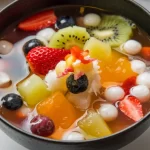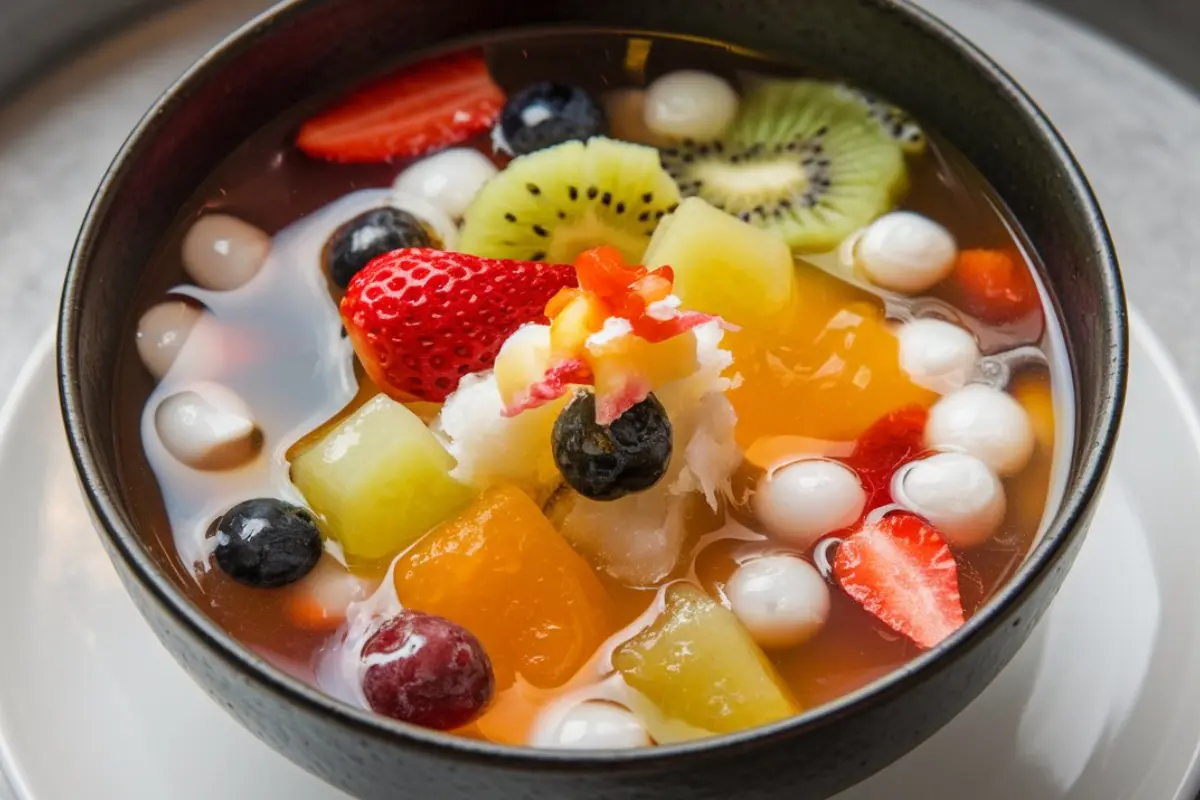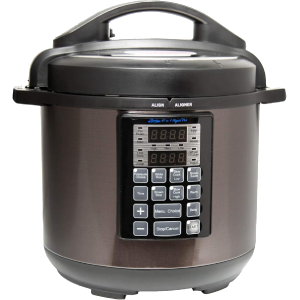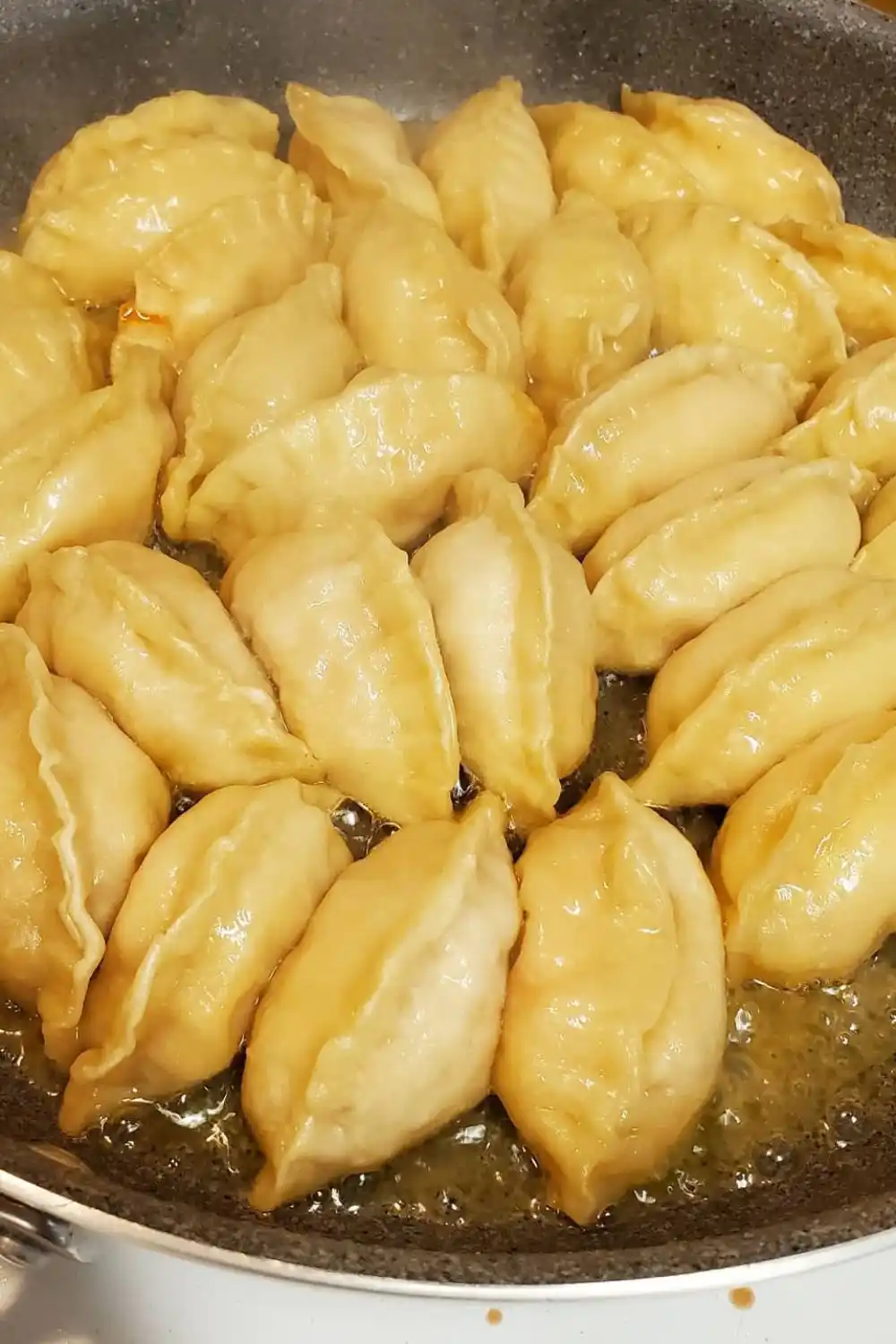If you’re looking for a refreshing and delightful treat, the hwachae recipe is a perfect choice! This traditional Korean fruit punch is not only delicious but also steeped in cultural significance. In this comprehensive guide, we’ll take you through the step-by-step process of making your own Hwachae at home, exploring the traditional ingredients, methods, and even some modern twists.
Hwachae is a popular Korean beverage made from various fruits, edible flowers, and sweetened water or honey. It’s often served during the summer to cool down and refresh, but its versatility makes it suitable for any occasion. Whether you’re hosting a party, enjoying a quiet afternoon, or seeking a unique addition to your meal, Hwachae offers a burst of flavor that’s both satisfying and healthy.
Understanding the Ingredients for Hwachae Recipe
Traditional Ingredients
When preparing a traditional hwachae recipe, the ingredients play a pivotal role. Traditionally, Hwachae includes a variety of seasonal fruits, often chosen for their sweetness and juiciness. Some of the most commonly used fruits include:
- Watermelon: The base fruit for many Hwachae recipes, adding a refreshing sweetness.
- Korean Pear: Known for its crisp texture and mild flavor, it complements the other fruits.
- Strawberries: Provide a slight tartness that balances the sweetness.
- Omija (Five-flavor berry): Adds a complex flavor profile, combining sweet, sour, salty, bitter, and spicy notes.
Modern Twists on Hwachae Ingredients
Modern variations of hwachae recipes often include ingredients that were not traditionally used in Korea. These can provide a new twist on the classic beverage while still respecting its roots. Some innovative ingredients include:
- Mango: Adds a tropical flavor and creamy texture.
- Kiwi: Offers a vibrant green color and a tangy taste.
- Soda or Sparkling Water: Introduces a fizzy element, making the drink even more refreshing.
- Herbs like Mint or Basil: Enhance the aroma and add a sophisticated flavor.
The Perfect Fruits for Hwachae
Seasonal Fruits and Their Importance
The best hwachae recipe always includes fruits that are in season. Seasonal fruits are fresher, more flavorful, and often more affordable. In Korea, different fruits are preferred in different seasons:
- Summer: Watermelon, strawberries, and peaches are at their peak.
- Autumn: Korean pear, apples, and persimmons are more common.
- Winter: Citrus fruits like tangerines and oranges add a burst of freshness.
- Spring: Strawberries and cherries are favored for their bright colors and flavors.
Popular Fruits Used in Hwachae
While the fruits you choose for your hwachae recipe can vary, some are more commonly used due to their popularity and availability:
- Watermelon: Almost synonymous with Hwachae, it’s a must-have for the summer version of the drink.
- Korean Pear: Adds a crisp and refreshing element, balancing the sweetness.
- Strawberries: Their slight tartness and vibrant color make them a popular choice.
- Grapes: Provide a burst of sweetness and texture.
- Citrus Fruits: Oranges and tangerines add a zesty flavor.
Preparing the Base for Hwachae Recipe
How to Make the Sweetened Water
The base of any good hwachae recipe is the sweetened water, traditionally made with honey or sugar dissolved in water. Here’s how to make it:
- Ingredients:
- 1 liter of water
- 2-3 tablespoons of honey or sugar
- A pinch of salt (optional)
- Method:
- Heat the water slightly and dissolve the honey or sugar in it.
- Let it cool down to room temperature.
- Add a pinch of salt if you prefer a more balanced flavor.
Using Carbonated Drinks for a Modern Touch
In recent years, many have started using carbonated drinks like Sprite or club soda as the base instead of plain sweetened water. This adds a fizzy texture and a modern twist to the traditional hwachae recipe:
- Ingredients:
- 1 liter of Sprite or club soda
- A dash of lemon juice (optional)
- Method:
- Simply mix the soda with the fruits and serve immediately to retain the fizziness.
- You can also add a bit of lemon juice for an extra tangy kick.

Adding a Flavorful Twist: Korean Alcohol in Hwachae
Traditional Use of Alcohol in Hwachae
Traditionally, some versions of hwachae recipes include a small amount of Korean rice wine (Makgeolli) or soju. This not only adds depth to the flavor but also makes it a more adult-friendly drink. Here’s how you can incorporate alcohol:
- Ingredients:
- 1 cup of Makgeolli or soju
- 1 liter of prepared sweetened water or soda base
- Method:
- Mix the alcohol with the base and the fruits.
- Let it sit for a few minutes before serving to allow the flavors to meld.
Modern Substitutes for Alcohol
If you prefer a non-alcoholic version of the hwachae recipe or want to cater to a broader audience, you can easily substitute the alcohol with other flavorful liquids:
- Grape Juice: Mimics the depth of flavor that alcohol provides without the alcohol content.
- Apple Cider: Adds a tangy, refreshing twist.
Creating the Perfect Balance: Sweeteners in Hwachae
Traditional Sweeteners
Traditional hwachae recipes often use honey or sugar as the main sweetening agents. Honey is preferred for its smooth, floral sweetness, which complements the fruits without overpowering them.
- Honey:
- Adds a rich sweetness and pairs well with most fruits.
- Use sparingly to avoid making the drink too sweet.
- Sugar:
- Dissolves easily in water, making it a convenient option.
- You can adjust the amount according to your taste preference.
Healthier Alternatives
For those who are health-conscious or prefer a less sweet drink, there are plenty of alternatives you can use:
- Agave Nectar: A natural sweetener with a lower glycemic index than sugar.
- Stevia: A zero-calorie sweetener derived from plants, perfect for those watching their sugar intake.
- Maple Syrup: Adds a unique flavor, though it can be stronger than honey or sugar, so use it sparingly.
How to Garnish Your Hwachae
Traditional Garnishes
Garnishing is an essential part of the hwachae recipe, as it adds both aesthetic appeal and additional flavors. Traditional garnishes often include:
- Pine Nuts: Sprinkled on top for a subtle nutty flavor and a crunchy texture.
- Edible Flowers: Adds a beautiful visual element, often used in royal versions of the drink.
- Jujube Slices: Provides a chewy texture and a slight sweetness.
Creative and Modern Garnishing Ideas
For a more modern take on the hwachae recipe, consider these creative garnishing ideas:
- Mint Leaves: Fresh mint adds a burst of freshness and a pop of green.
- Citrus Zest: Grate some lemon or lime zest over the top for an extra zing.
- Edible Gold Leaf: For a luxurious touch, especially if you’re serving Hwachae at a special event.
Step-by-Step Hwachae Recipe
Now that you have a comprehensive understanding of the ingredients and preparations, it’s time to put it all together. Here’s a step-by-step guide to creating the perfect hwachae recipe at home.
Preparing the Ingredients
- Select your fruits: Choose a mix of seasonal and your favorite fruits. Wash them thoroughly.
- Cut the fruits: Dice or slice the fruits into bite-sized pieces. For aesthetic appeal, consider using cookie cutters to shape the fruit slices.
Making the Base
- Prepare the sweetened water: Follow the instructions mentioned earlier, or use soda for a modern twist.
- Chill the base: Let it cool in the fridge for at least 30 minutes. This will ensure your Hwachae is refreshing when served.
Assembling the Hwachae
- Mix the fruits and base: In a large bowl, combine the cut fruits with the prepared base. Stir gently to mix.
- Garnish: Add your choice of garnishes, whether traditional or modern.
- Chill and serve: Let the Hwachae sit in the fridge for another 15-20 minutes to allow the flavors to meld. Serve in a beautiful bowl or individual cups.
Serving Suggestions for Hwachae
Traditional Korean Style Serving
Hwachae is traditionally served in a large punch bowl, with a ladle used to transfer it into smaller cups. The presentation is as important as the flavor, so consider using a beautifully decorated bowl and traditional Korean cups.
Modern Presentation Ideas
For a more modern presentation, you can serve Hwachae in:
- Mason jars: For a rustic, trendy look.
- Wine glasses: For an elegant touch.
- Fruit bowls: Hollow out a watermelon or pineapple and use it as a serving bowl.
Pairing Hwachae with Korean Dishes
Best Korean Dishes to Accompany Hwachae
Hwachae pairs wonderfully with a variety of Korean dishes. Here are some suggestions:
- Korean BBQ (Samgyeopsal): The sweet and refreshing Hwachae balances the richness of the grilled meats.
- Kimchi: The tangy and spicy flavors of kimchi contrast beautifully with the sweet Hwachae.
- Bulgogi: The sweetness of the Hwachae complements the savory and slightly sweet flavor of this marinated beef dish.
How to Create a Full Korean Meal Experience
To create a complete Korean dining experience, consider starting with appetizers like jeon (Korean pancakes) and banchan (side dishes). Serve the main course with Hwachae as a refreshing palate cleanser or dessert.

The Health Benefits of Hwachae
Nutritional Value of Hwachae Ingredients
The fruits used in hwachae recipes are rich in vitamins, minerals, and antioxidants, making this drink not only delicious but also nutritious. Here are some of the health benefits:
- Watermelon: Rich in vitamins A and C, as well as hydration-boosting properties.
- Strawberries: High in antioxidants, particularly vitamin C.
- Korean Pear: A good source of dietary fiber and vitamin C.
- Citrus Fruits: Excellent for boosting immunity due to their high vitamin C content.
How Hwachae Fits into a Healthy Diet
Hwachae can be a great addition to a healthy diet, especially when made with minimal added sugars. It’s a low-calorie, hydrating drink that can satisfy your sweet tooth while providing essential nutrients. For a healthier version, consider using a natural sweetener like stevia and adding more water-rich fruits.
Hwachae Recipe Variations
Popular Regional Variations of Hwachae
Different regions in Korea have their own unique takes on the hwachae recipe, each adding a local twist:
- Busan-style Hwachae: Known for using more citrus fruits due to the region’s abundance of tangerines and oranges.
- Seoul-style Hwachae: Often incorporates a wider variety of fruits and uses honey as the main sweetener.
Creative International Twists on Hwachae
As Hwachae gains popularity worldwide, many have started to experiment with ingredients from other cuisines:
- Tropical Hwachae: Incorporates mango, pineapple, and coconut water for a taste of the tropics.
- Berry Hwachae: Uses a mix of berries like blueberries, raspberries, and blackberries, often paired with sparkling water or champagne for a celebratory drink.
Common Mistakes to Avoid When Making Hwachae
Overripe Fruits
Using overripe fruits can result in a mushy texture and overly sweet flavor, which can overpower the drink. Always choose fruits that are ripe but still firm.
Incorrect Sweetness Levels
Balancing the sweetness is crucial in a hwachae recipe. Too much sweetener can make the drink cloying, while too little can make it bland. Start with a small amount of sweetener and adjust to taste.
The History of Hwachae
Historical Origins
Hwachae has a long history in Korea, dating back to the Joseon Dynasty. It was originally enjoyed by the royal family and nobility, often made with exotic and expensive ingredients.
Evolution of Hwachae Over Time
Over time, hwachae recipes have evolved, becoming more accessible to the general public. While the drink was once reserved for special occasions, it is now enjoyed by people of all ages and backgrounds, especially during the hot summer months.
Making your own hwachae recipe at home is a delightful way to explore Korean culture while enjoying a refreshing and healthy treat. With its versatile ingredients and easy preparation, Hwachae can be adapted to suit any occasion or personal preference. Whether you stick to traditional methods or experiment with modern twists, the result is sure to be delicious.
So, why not give it a try? Gather your favorite fruits, prepare the sweetened water or soda base, and create your own version of this beloved Korean punch. You’ll not only impress your guests but also enjoy a taste of Korea right in your own home.
FAQs about Hwachae Recipe
Yes, you can prepare the fruits and the base ahead of time, but it’s best to combine them just before serving to retain the freshness and texture of the fruits.
Traditionally, yes. Hwachae is served chilled, especially during the summer. However, you can experiment with serving it at room temperature during cooler months.
While fresh fruits are preferred for their texture and flavor, you can use frozen fruits if fresh ones are not available. Just be aware that they may release more water as they thaw, slightly diluting the drink.
Makgeolli and soju are the traditional choices, but you can also use sake, white wine, or even champagne for a bubbly version.
Hwachae is best consumed fresh, but it can be stored in the fridge for up to 24 hours. After that, the fruits may start to lose their texture and flavor.

Hwachae Recipe A Step-by-Step Guide
- Total Time: Approximately 50 minutes (including resting time)
Description
Hwachae is a traditional Korean fruit punch that combines a variety of fruits, edible flowers, and sweetened water or honey. It’s a refreshing beverage, often enjoyed during the summer months, but its versatility makes it suitable for any occasion. The drink offers a burst of flavor that’s both satisfying and healthy.
Ingredients
Sweetened Water:
- 1 liter of water
- 2–3 tablespoons of honey or sugar
- A pinch of salt (optional)
Fruits:
- Watermelon
- Korean pear
- Strawberries
- Omija (five-flavor berry)
Instructions
Prepare the Sweetened Water:
- Slightly heat 1 liter of water and dissolve 2-3 tablespoons of honey or sugar in it.
- Allow the mixture to cool to room temperature.
- Optionally, add a pinch of salt to balance the flavor.
Prepare the Fruits:
- Wash all fruits thoroughly.
- Cut the fruits into bite-sized pieces.
- For aesthetic appeal, consider using cookie cutters to shape the fruit slices.
Combine and Serve:
- In a large glass bowl, arrange the prepared fruits.
- Pour the sweetened water over the fruits.
- Allow the mixture to sit for about 30 minutes to let the flavors meld.
- Serve chilled in individual bowls or glasses.
Optional Garnishes:
- Pine nuts
- Edible flowers
- Jujube slices
- Mint leaves
- Citrus zest
Notes
Note: The choice of fruits can vary based on seasonal availability and personal preference. Other popular options include grapes, citrus fruits, mango, and kiwi.
- Prep Time: Approximately 20 minutes
Keywords: Hwachae Recipe












